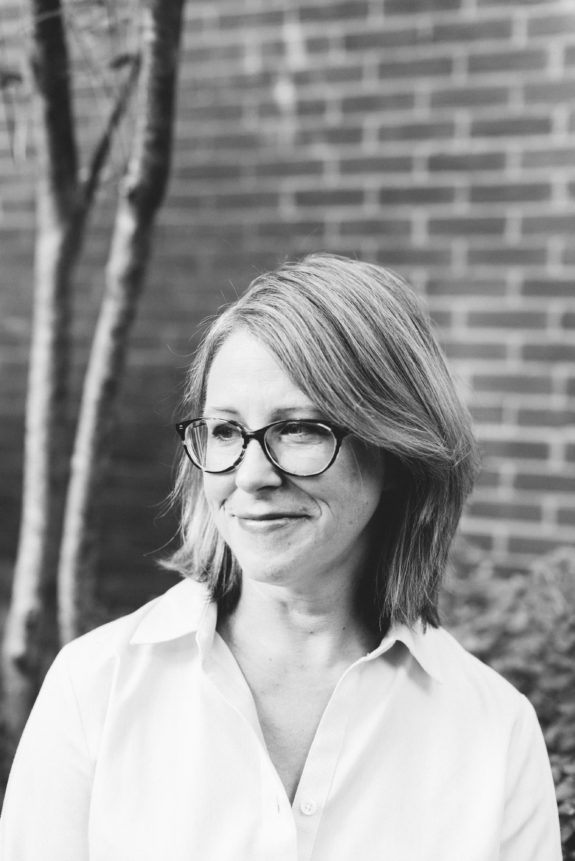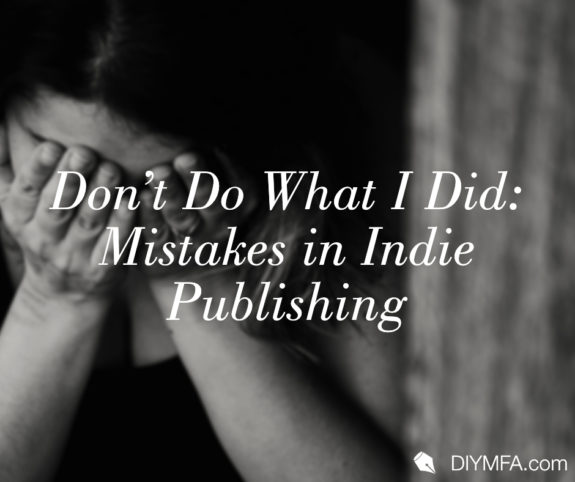Indie publishing offers a lifetime of lessons to learn, and fortunately, the self-publishing community also offers myriad colleagues and gurus willing to share their knowledge with you. But working in indie publishing is a lot like that transition from college to real life: you can do all the reading and take all the courses, but at some point you start living in the real world, and that’s when the serious education begins.
Consider me a colleague happy to share her hard-learned wisdom with you. If I were starting over again in indie publishing, I’d do a number of things differently. In future posts, I’ll share with you some of the decisions I regret and why, in hopes you can learn from my mistakes.
The first thing I’d do differently if I could start again? Not publish until I had at least three novels in a series.
Conventional wisdom IS wisdom
When I first considered indie publishing, I heard this advice: Don’t publish until you have three novels ready to release. Given the work it takes to write just one novel, I thought, This is ridiculous. I can’t imagine waiting so long. Traditional publishing doesn’t operate this way. Is self-publishing really that different? Won’t having a book on the market allow more readers to find me?
Patience pays
Solid reasons exist behind the argument to wait to publish. Primary among them: the market is absolutely flooded with books. There are currently over six million e-books on Amazon alone. Writers also compete with tons of exciting content on television, in film, in video games, and (in ordinary, non-pandemic times) sports and other leisure pursuits. What that means for the single-title-publishing author is that your book, regardless of how good it might be, will drown in a sea of content.
If you have one book in the market, readers may love it and leave a positive review, but then they need a new toy. If you can’t offer them another book, they’ll move on to someone else’s. And if, like me, you take a year or eighteen months to produce another work, that’s a ton of time for a reader to forget about you. Maybe you were lucky enough to capture some of those initial readers on your mailing list. If so, terrific! But the truth is that only a fraction of your readers will actually sign on to your mailing list. How many authors do you read regularly? Are you on all their mailing lists? Nope, thought not.
We live in a binge culture. How do you consume TV? If you’re like me, you’d rather wait until the final episode of Homeland is released so you can watch the entire season in three days. Readers behave no differently. Having a series of three or more books gives an engaged reader somewhere to go, and improves your long-term viability in the market. Conventional wisdom in the indie world goes something like this: if readers read you once and your book is good, they’ll like you. If they read you twice, they’ll remember you. If they read you three times, they’ll stay with you, eager for your metaphorical Season Two.
If you can get a reader to read three of your books, it probably won’t be a hard sell to get and keep them on your mailing list. Then a periodic update–whether once a week, or once or twice a month–will keep you on their radar screens and anticipating your next release. Outside of this model, you start from ground zero every single time you launch a book, and launches are difficult and draining. Don’t make more work for yourself.
Algorithms and visibility
The more readers progress through your series, whether via direct purchase or by Kindle Unlimited borrows, the more the algorithms begin to work in your favor. David Gaughran’s forgotten more than I’ll ever know about the mechanics of algorithms and how to make them work in your favor to increase your visibility, so I’ll leave it to him to share the finer points with you, but this multi-title release strategy is essential to gaining traction in digital marketplaces.
Development time
Another advantage to completing a short series before releasing the first book is that it gives you time to work with your characters and produce a cohesive product. By the third book, you have insights into your characters that you didn’t have the first time through. I know that if I could go back and rewrite my first book, there’s so much I’d be able to put in that I just didn’t know the first time.
A fruitful practice might be to draft three books (say, 30 or 40K words each), one after another. As you write the second one, you get important distance from the first story while at the same time broadening your knowledge of your characters, practicing your craft, and honing your voice. By the time you’ve drafted the third book, you’ve figured out how to write a book, where your process challenges are, and how to work through them. In other words, you can now recognize patterns in your own work.
As you begin to revise and flesh out the first story, you can bring that wisdom to your first book. At the same time, that perspective will aid you in leaving Easter eggs and weaving interesting threads and subplots throughout the series. Map out a series on paper all you want, but when you’re writing, things don’t always go to plan. Crazy things happen. Whole characters show up out of nowhere. Pausing before you hit the “publish” button allows you to refine the entire package into a polished cohesive unit, and for that, your readers will thank you.
Writing a book is a long and difficult process, and exercising patience at the end of that process demands real discipline from the writer. But trust me: I’ve been there, and the discipline is worth it. Your reward will come in increased visibility, a more devoted readership, and improved long-term success–things every writer wants.

Helen J. Darling writes and publishes contemporary women’s fiction at her imprint, Bricolage Books. She published her first novel, I’ll Know Me When I Find Me, in January 2018. Her latest novel, Terms and Conditions, was published in November 2019. You can connect with her at itshelendarling.com, on Instagram, Twitter and on Facebook.







